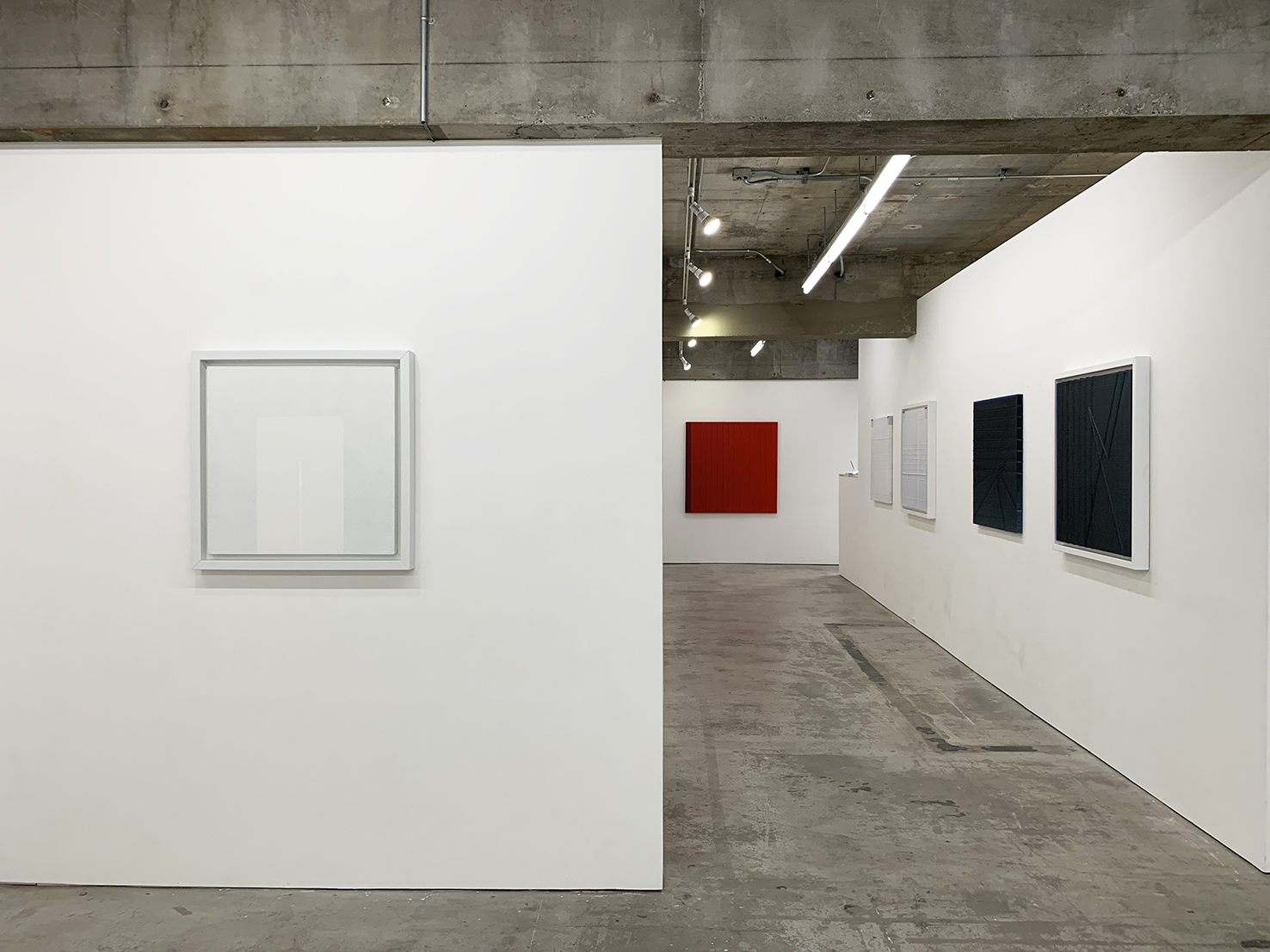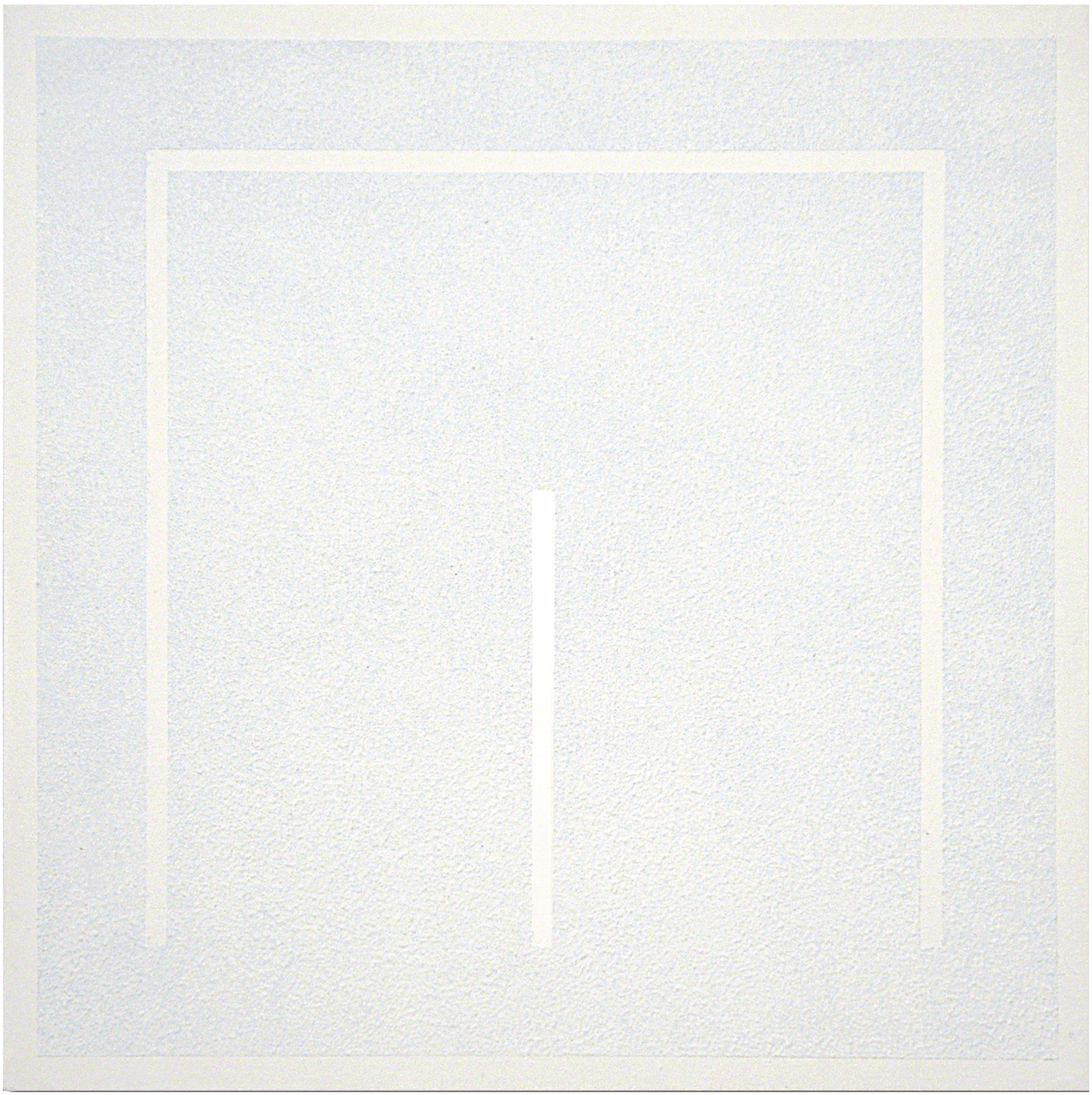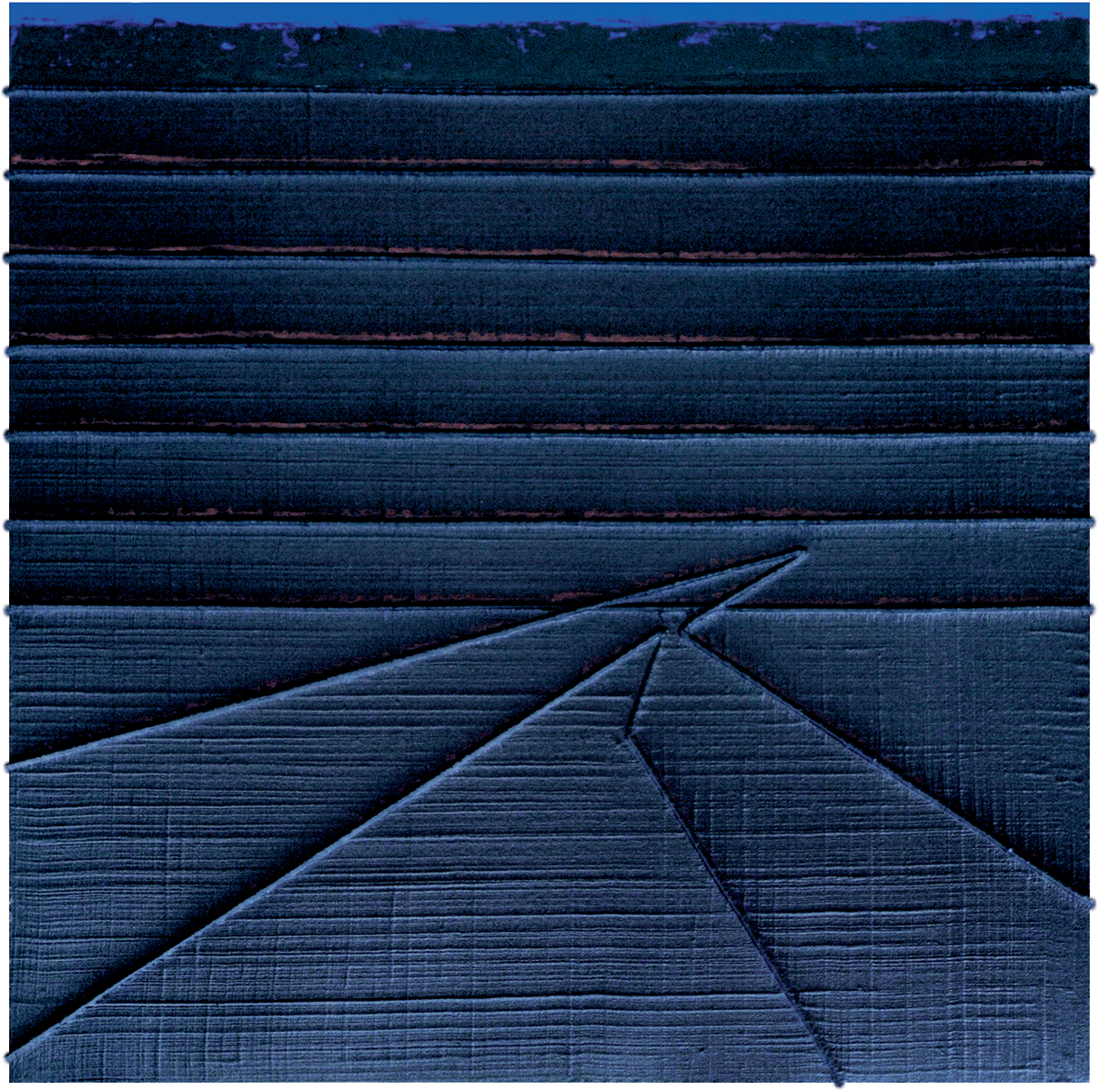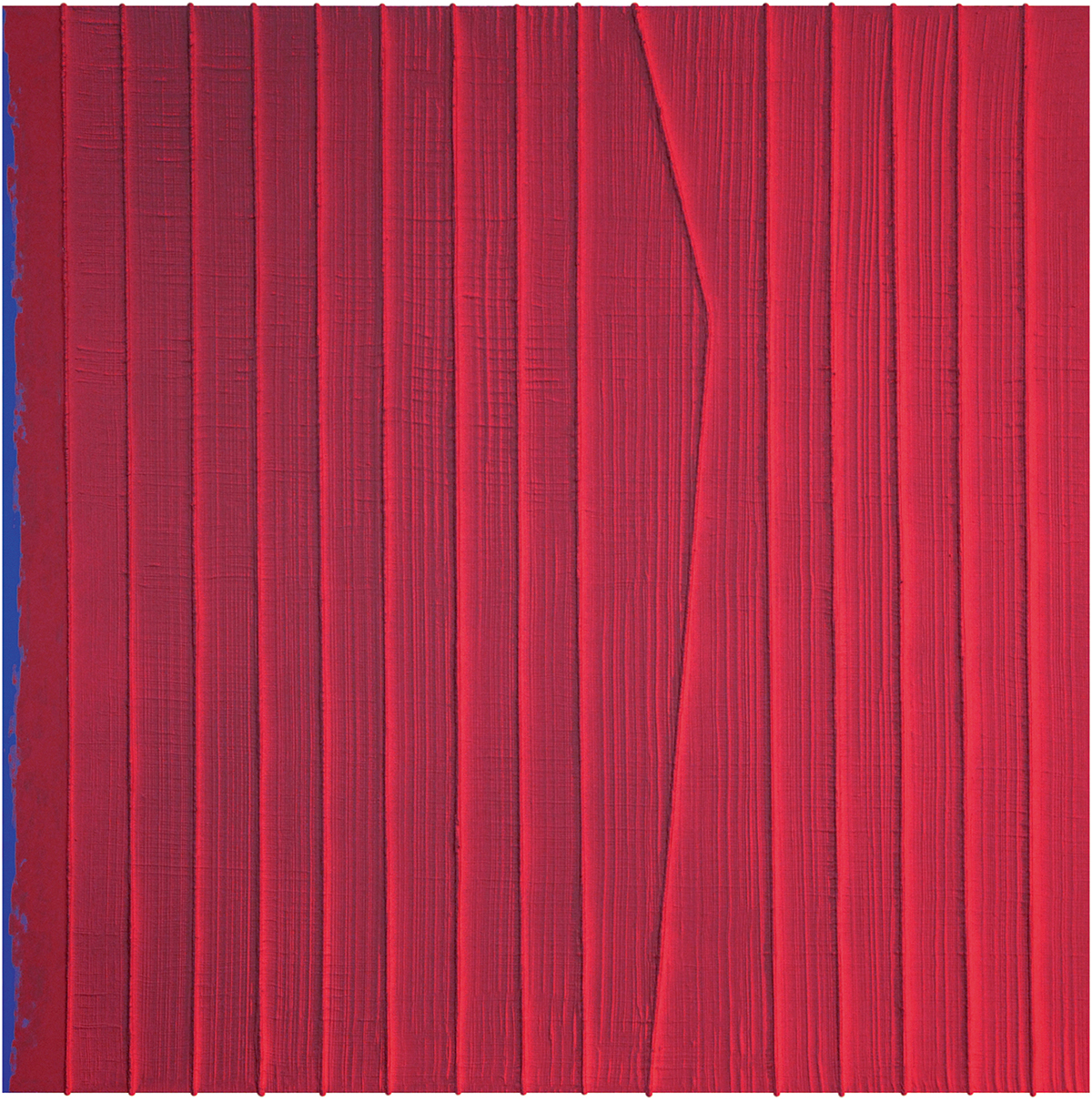EXHIBITION
- PAST EXHIBITION

- Gianfranco Zappettini Solo Exhibition
- 2019.06.15 Sat - 2019.07.06 Sat
STANDING PINE is pleased to present a solo exhibition by an Italian painter Gianfranco Zappettini for the first time in Japan.
Zappettini was born in Genoa, Italy in 1939 and currently lives and works in Chiavari, where in 2003 he established the Fondazione Zappettini for contemporary art. Zappettini belongs to ‘Pittura Analitica(Analytical Painting)’ group, one of the most significant and influential artistic movements of the Italian Post-War period, which was closely related to other European abstract art movements as well as to the American Minimalists.
Zappettini has been known for his works called ‘white’ and ‘superimposed canvases’, abstract paintings created by adding a number of layers of white acrylic to cover an initially black base. Through over 40 years of his artistic activity, he has reestablished the discipline of paintings. His works have been internationally renowned and exhibited in various exhibitions at museums including Westfälischer Kunstverein (Münster, Germany), Paris Museum of Modern Art (Paris, France), Museo della Permanente (Milano, Italy), Museum of Contemporary Art of Villa Croce (Genoa, Italy), Vasarely Museum(Pécs, Hungary) and others. In 1977, Gianfranco Zappettini was invited to Kassel in Germany for ‘documenta 6’.
This exhibition features his early works from 1970s entitled ‘Superficie acrilica(Acrylic Surface)’ and the most recent project using particular colours such as red and blue, ‘La trama e l'ordito(The Weft and the Warp)’.
In 1962 Zappettini joined a studio of Gertman architect Konrad Wachsmann after he graduated from the Academy of Fine Arts of Carrara. It is said that their fellowship lasting for two years had a great influence on Zappettini’s works, especially the idea of structuralism aroused his interest. In 1971 he is invited to the exhibition “Arte Concreta” at Westfälischer Kunstverein in Münster, showing Lucio Fontana, Enzo Mari, Fausto Melotti, Bruno Munari and others. The curator of the exhibition is Klaus Honnef who, with Zappettini and a German artist Winfred Gaul, will later conceive and develop the theoretical core of the Analytical Painting. The idea of ‘Pttura Analitica’ was emphasizing on the action of painting over the finished product. Many artists joined this group and it became one of the most important art movement in Italy in 1970. By extending the possibilities of the medium, they aimed to reach an alternative understanding of space and create a new language, which would allow them to investigate what it means to paint.
In the late 1970s, after Zappettini joined a number of exhibitions worldwide, he started look for his own raison d’être not only that of paintings and he travelled to Europe, Middle-East, Africa and Asia. This artistic activity and his own private travel influenced to his later works. Eastern doctrine such as the Zen, the Tao and the idea of Laozi, which he had been attracted to since his youth, and the Sufism that he met for the first time in the dessert of North Africa. These ideas made his works more symbolic and conceptual. Zappettini’s interest has transformed from a work process to a method of reflection. From 2000s, he completed the new series ‘La trama e l'ordito(The Weft and the Warp)’ , focusing on particular colour and he has been actively working on various projects even today.
It seems Zappettini’s works are influenced by something unseen. There is internal aesthetic and beauty in his art, not intentional objective. Considering the mental similarity, recent research shows the relationship between his artworks and Japanese ‘Mono-ha’ and Korean ‘Tansaekhwa’. A large number of acrylic layers hide the original colour painted on the canvass. In the finished work, there are left the fullness produced by the thick layers and the emptiness from the vanished color behind. It can be said that this is the aesthetics of subtraction created by doing addition. The paintings of ‘emptiness’ tell that what is unseen is just as beautiful as what we see, or more , from Italy, a country far from Japan.

《Superficie acrilica n.324》mixed media / 60×60 cm / 1974

《La trama e l’ordito n.4》mixed media / 80×80 cm / 2009
《La trama e l’ordito n.110》mixed media / 120×120 cm / 2008